홈 > 연구소 > 논문 / 학술활동
연구소
마마파파&베이비의 핵심인 베이비 드림 난임 연구소는
그간의 연구학술 성과에 안주하지 않고,
늘 한계를 뛰어넘기 위해 노력합니다.
수정란 이식에서 부드러운 이식관을 사용하여 이식 안될 때 바로 단단한 이식관을 사용하더라도 임신율에는 차이가 없다.
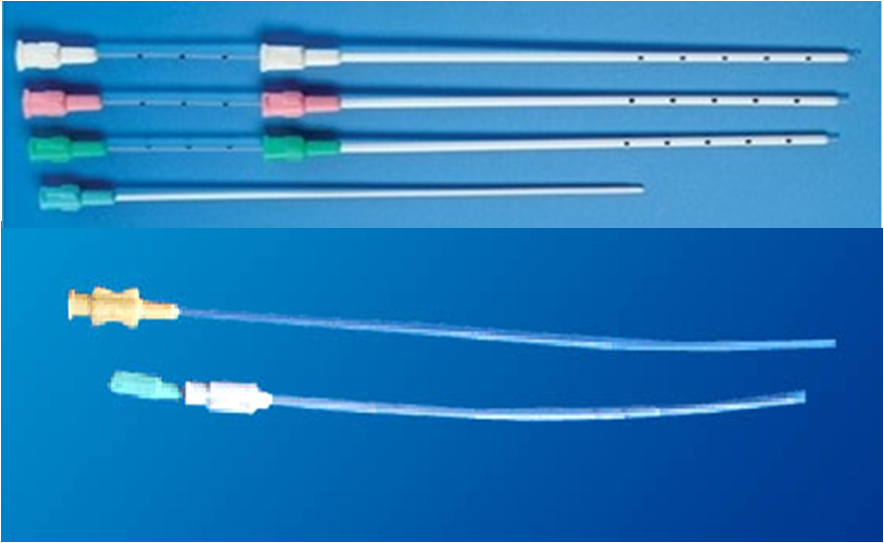
2013년 유럽불임학회(ESHRE) P-338 Immediate retrial with rigid catheter after failed soft catheter trial in ET does not affect pregnancy rates. (수정란 이식에서 부드러운 이식관을 사용하여 이식 안될 때 바로 단단한 이식관을 사용하더라도 임신율에는 차이가 없다.)
S.K. kim1, K.H. Lee1, I.H. Park1, H.G. Sun1, J.H. Lee1, Y.Y. Kim1, H.J. Kim1.
1 Mamapapa&baby OBGY, Infertility clinic, Ulsan, Korea South.
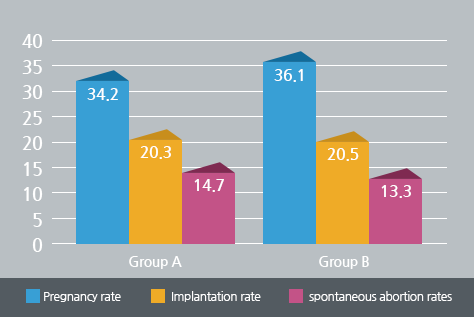
Study question
Is there influenced pregnancy outcome at immediate retrial with rigid catheter after failed soft catheter trial in case of difficult embryo transfer?
Summary answer
Immediate retrial with rigid catheter after failed soft catheter trial in embryo transfer does not affect pregnancy rates.
What is known already
Generally, the soft catheters are associated with higher clinical pregnancy rates than the rigid catheters. But in case of difficult embryo transfer such as severely anteverted(AV) or retroverted(RV)uterus, some clinicians prefer to try rigid catheter for easy transfer other clinicians prefer to try soft catheter firstly, if failed, immediate retrial with rigid catheter. This retrial can increase induction of uterine contractions or damage to the embryos during the transfer process.
Study design, size, duration
A retrospective analysis of first fresh IVF-ET cycles between January2009 and December 2011 was performed. Embryo transfer was performed using either Wallace(SIMS PortexLtd., Kent, UK) and/or TDT set(Laboratoire CCD, Paris, France) catheter. Embryo transfer was performed on day3 for fresh embryos using trans-abdominal ultrasound guidance scanning with a full bladder.
Participants/materials, setting, methods
The embryo transfer performances are divided into two groups as:
Group A describes the transfer only with TDT set transfer catheter (n=199).
Group B describes transfer with TDT set transfer catheter after failed Wallace (n=230).
IVF outcomes were statistically analyzed by t test. P value <0.05 was considered statistically significant.
Main results and the role of chance
The 429 embryo transfers performed during the study period resulted in 151 pregnancies (32.5%), of which 130 proved to be ongoing pregnancies (30.3%). An implantation rate of 20.4% was recorded. The mean age of the patients (Group A: 35.5 ± 4.2 vs. Group B: 34.5 ± 4.3), mean number of retrieved oocytes (10.1 ± 6.6 vs. 11.2 ± 7.1), endometrial thickness (10.8 ± 2.5 vs. 10.7 ± 2.3) and the embryos transferred (2.2 ± 0.5 vs. 2.1 ± 0.5) were comparable in two groups. Pregnancy (34.2% vs. 36.1%, p=0.47), implantation (20.3% vs. 20.5% p=0.48) and spontaneous abortion rates (14.7%vs. 13.3% p=0.38) were not significantly different between the both groups.
Limitations, reasons for caution
We did not verify that the pregnancy rate is higher when using only a soft catheter in case of difficult embryo transfer.
Wider implications of the findings
In our results, immediate retrial with rigid catheter after failed soft catheter trial in ET does not affect pregnancy rates. In case of severely anteverted or retroverted uterus, embryo transfer can be sometimes easy to perform successfully by soft catheter, and successful embryo transfer by soft catheter is associated high pregnancy rates. Therefore, in case of severely anteverted or retroverted uterus, first trial with soft catheter in embryo transfer is highly recommended.
-
 2013년 유럽불임학회(ESHRE) P-396
시험관 시술에 있어 생활 스트레스와 시험관 시술에 따른 스트레스의 영향
2013년 유럽불임학회(ESHRE) P-396
시험관 시술에 있어 생활 스트레스와 시험관 시술에 따른 스트레스의 영향
-
 2013년 유럽불임학회(ESHRE) P-362
시험관 시술에 있어 긍정적인 생각의 효과
2013년 유럽불임학회(ESHRE) P-362
시험관 시술에 있어 긍정적인 생각의 효과
-
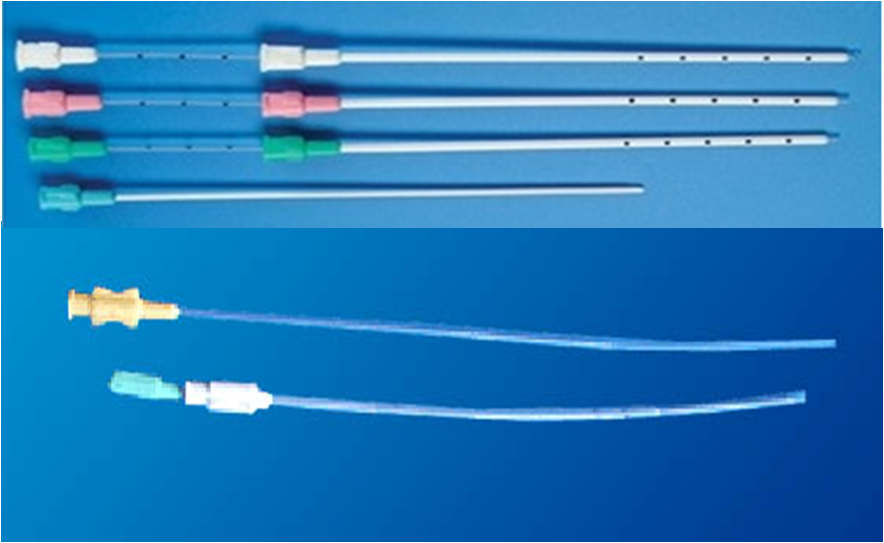 2013년 유럽불임학회(ESHRE) P-338
수정란 이식에서 부드러운 이식관을 사용하여 이식 안될 때 바로 단단한 이식관을 사용하더라도 임신율에는 차이가 없다.
2013년 유럽불임학회(ESHRE) P-338
수정란 이식에서 부드러운 이식관을 사용하여 이식 안될 때 바로 단단한 이식관을 사용하더라도 임신율에는 차이가 없다.
-
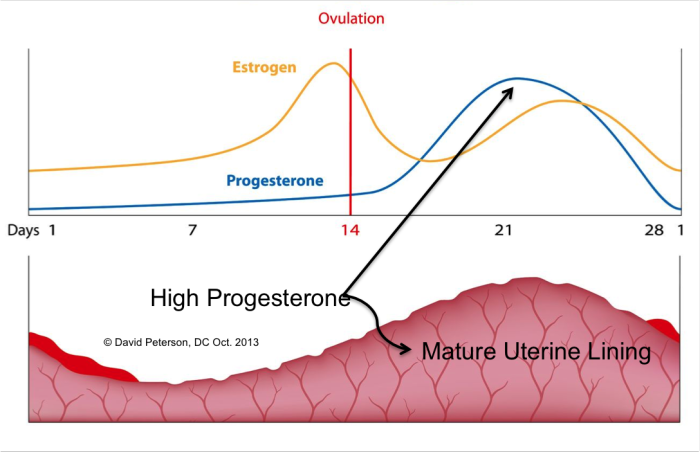 2013년 유럽불임학회(ESHRE) P-225
자연주기 동결란 이식에서 황체기 보강이 유익한 효과를 보인다.
2013년 유럽불임학회(ESHRE) P-225
자연주기 동결란 이식에서 황체기 보강이 유익한 효과를 보인다.
-
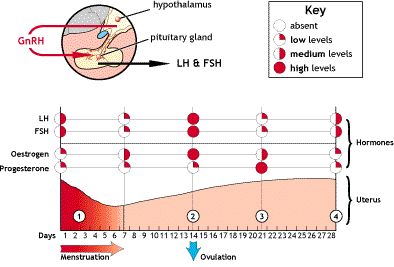 2013년 유럽불임학회(ESHRE) P-166
동결란 이식에서 호르몬 주기법인 경우 당일 해동 후 이식하는 것이 좋은 임신율을 보이지만 자연배란주기법인 경우는 차이가 없다.
2013년 유럽불임학회(ESHRE) P-166
동결란 이식에서 호르몬 주기법인 경우 당일 해동 후 이식하는 것이 좋은 임신율을 보이지만 자연배란주기법인 경우는 차이가 없다.
-
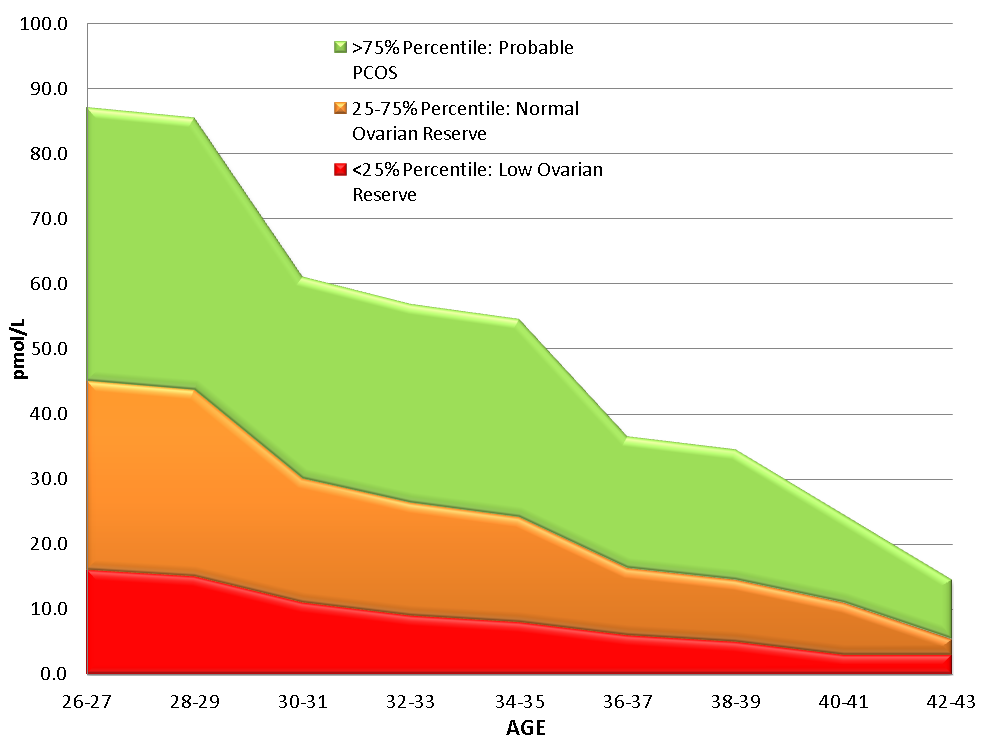 2013년 미국불임학회(ASRM) P-1297
낮은 AMH 수치를 보이는 경우 어떤 방법이 좋은 시험관 시술법인가?
2013년 미국불임학회(ASRM) P-1297
낮은 AMH 수치를 보이는 경우 어떤 방법이 좋은 시험관 시술법인가?
-
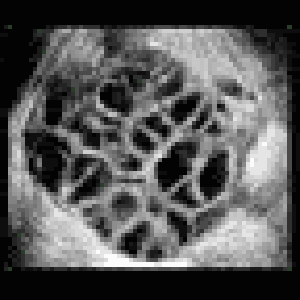 2013년 미국불임학회(ASRM) P-1260
높은 난소 기능을 가진 환자에서 시험관 시술에서 해당 주기에 이식하는 것이 좋은가 모두 동결시키는 것이 좋은가?
2013년 미국불임학회(ASRM) P-1260
높은 난소 기능을 가진 환자에서 시험관 시술에서 해당 주기에 이식하는 것이 좋은가 모두 동결시키는 것이 좋은가?
-
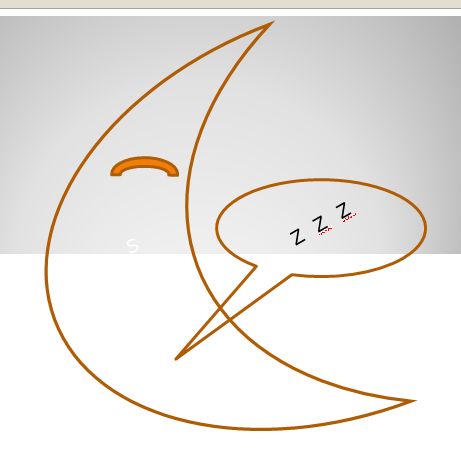 2013년 미국불임학회(ASRM) P-1101
수면 시간과 시험관 시술의 임신율의 상관 관계
2013년 미국불임학회(ASRM) P-1101
수면 시간과 시험관 시술의 임신율의 상관 관계
